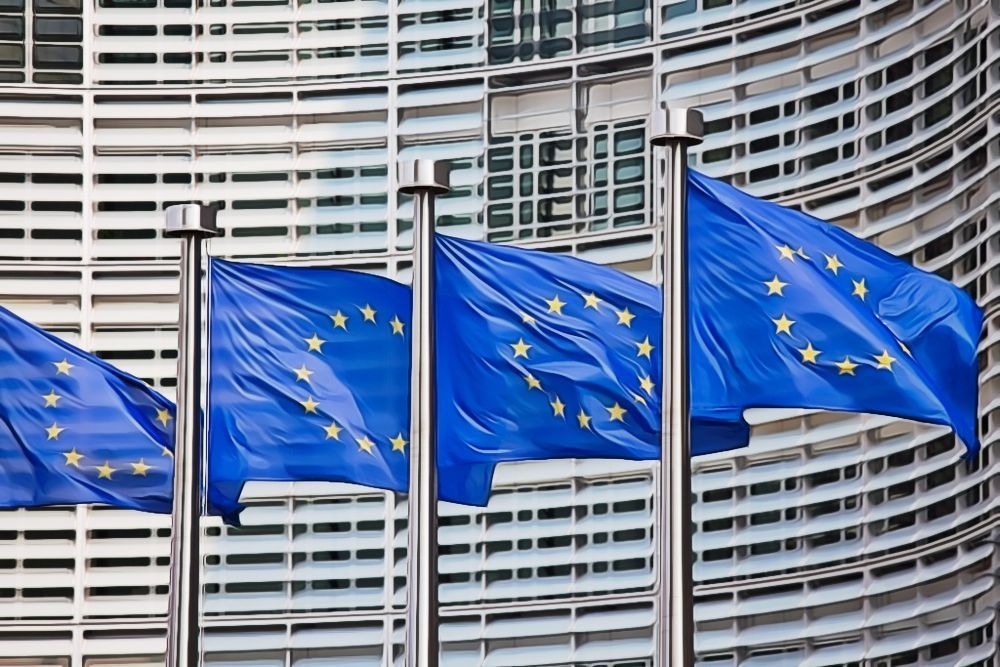The establishment of the legal framework for digital assets in the European Union (EU) through the Markets in Crypto-assets (MiCA) regulation is indeed a significant development for the crypto industry. It represents one of the world’s first comprehensive legislations specifically tailored to address the challenges and opportunities presented by digital assets.
By introducing clear regulations, the EU aims to provide a secure and transparent environment for market participants, while also promoting innovation and investor protection. The regulation is expected to become active 20 days from the publication date. Parts of the law will go into force on June 30, 2024, although MiCA provisions will start to apply as of December 30, 2024. Stablecoin rules go into action from June 30, 2024 and rules for exchanges start from December 30, 2024.
EU Via MiCA Goes Ahead With Proper Regulations
One key aspect of MiCA is the requirement for cryptocurrency exchanges and wallet providers to obtain a license to operate across the EU. This licensing process will help ensure that these entities adhere to certain standards, such as cybersecurity and anti-money laundering measures, enhancing the overall security and integrity of the ecosystem. Moreover, the regulation mandates stablecoin issuers to hold suitable reserves, which adds an extra layer of stability and safeguards against potential risks associated with these types of assets.
By establishing these rules, the EU demonstrates its commitment to fostering the development of the digital asset industry in a responsible manner. The clarity and certainty provided by the regulations can attract both domestic and international players, as they offer a predictable regulatory environment for businesses to operate within. This can ultimately contribute to the growth and competitiveness of the EU’s digital asset ecosystem.
The U.S Lags Behind
On the other hand, the United States has been relatively slower in adopting a comprehensive regulatory framework for digital assets. Recent events, such as the US Securities and Exchange Commission (SEC) suing BinanceUS and Coinbase, highlight the challenges faced by the regulators in addressing the complexities of the industry. The lack of clear guidelines and regulations in the US can create uncertainty and hinder the growth of the digital asset market in the area. It can also lead to a fragmented regulatory landscape, with different states implementing varying approaches.
However, it’s important to note that regulatory approaches can differ between jurisdictions due to various factors, including legal frameworks, political considerations, and the pace of technological adoption. While the EU has taken a proactive stance in regulating digital assets, the US regulatory landscape is still behind, having no clear regulations at the moment.
In conclusion, the EU’s MiCA regulation represents a significant step forward in providing a clear legal framework for digital assets. It demonstrates the EU’s commitment to fostering innovation, while also prioritizing investor protection and market integrity.
Disclosure: This is not trading or investment advice. Always do your research before buying any cryptocurrency or investing in any services.
Follow us on Twitter @nulltxnews to stay updated with the latest Crypto, NFT, AI, Cybersecurity, Distributed Computing, and Metaverse news!
Image Source: Shutterstock // Image Effects by Colorcinch

